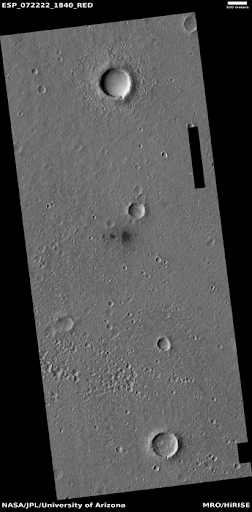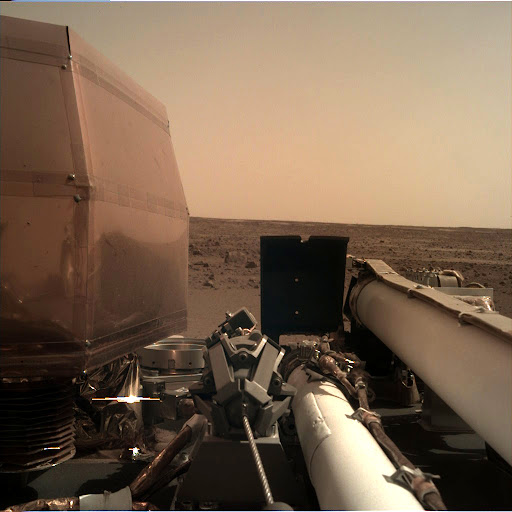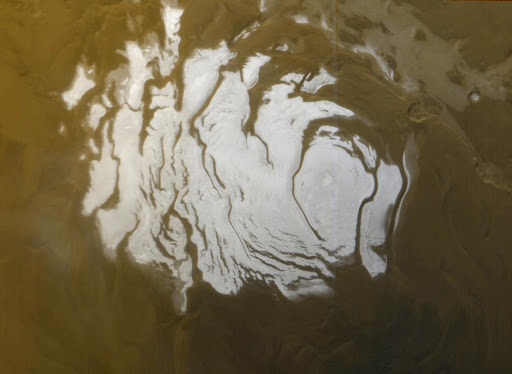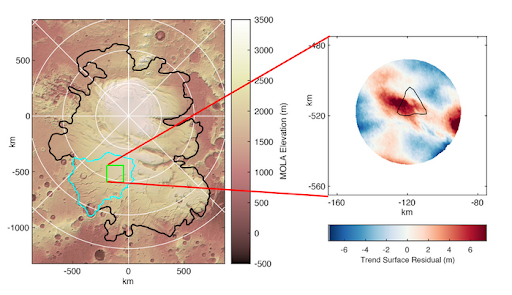by JkTheAnonymousWriter
“The human race must colonize space within the next 100 years or it will become extinct”
~ Stephen Hawking
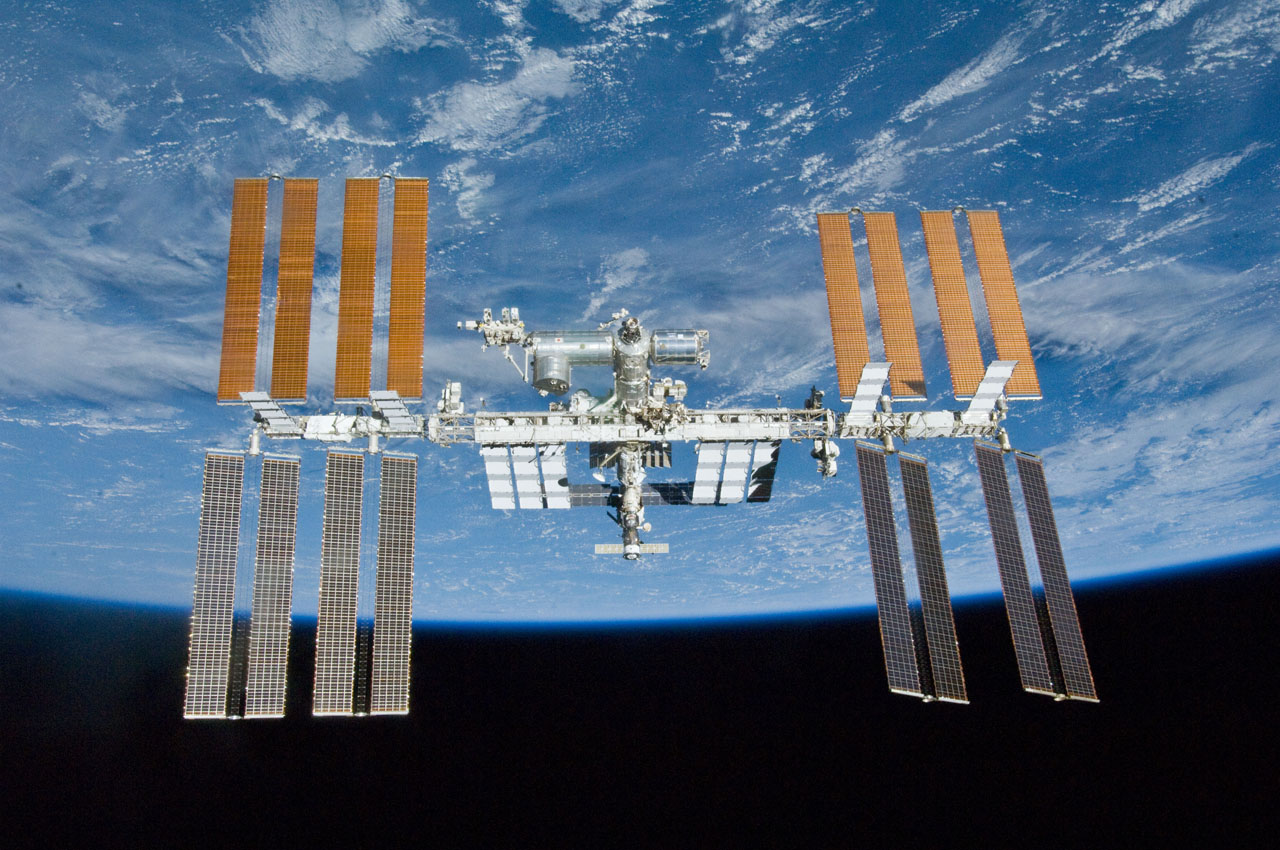
(Credit: Nasa)
Let’s start this from the start. Isaac Newton must have thought about space travel in his thought experiment to evaluate orbital motion. Cannonballs when fired from the mountain top with a high muzzle speed and if the velocity is much higher, then their paths curve downward no more sharply than the Earth’s surface curves away underneath them; therefore, the cannon-balls will surely go into orbit. This experiment is still the neatest and easiest way to teach the concept of orbital flight.
Newton estimated that to throw a cannonball into the Earth’s orbit, its speed must be about 25000 km/h. However, even after knowing that we weren’t able to achieve that speed until 1957 with the launch of Sputnik 1, 12 years later, we stepped on the moon.
And now we are in the Cenozoic Era. Hundreds more have now traveled into space, which means we have done nothing more than circle the Earth in a space station. The ISS (International Space Station) was one of the most expensive artifacts ever constructed. The ISS acts as a microgravity and technical payoff space environment research laboratory. Extensive scientific research is conducted there in fields like astrobiology, astronomy, meteorology, physics, and some other major fields that might lead us to successful space colonies.
We have so far developed many technologies, space inventories, and robots that will easily help us to explore the entire universe. But the main problem is that we depend on chemical fuel, and at the speed we are going, it might take more than billions of times infinity to explore the entire universe. However, in this century, we will successfully explore our solar planets up to the very edge. We have sent the JWST (James Webb space telescope) into space, which will reveal the mysterious unknown things of the universe. The discoveries will lead us to a new space era and will expand our vision of the entire cosmos.
We are moving towards better communication through networking satellites. In total, about 4,852 active satellites are orbiting the Earth as of January 1, 2022. Researchers and astronomers are planning to take the next step toward planet mining and space fabrication. In that way, they plan to lower the cost of space missions by using space materials as fuel and other means for better and cheaper exploration.
In 2024, NASA is launching a moon base camp mission – Artemis. They are planning to build a gateway in lunar orbit so that they can easily export robots, human beings, and other materials for further research. Also, it will help us learn more about the major effects of disrupted Space Space circadian rhythms, isolation, and high doses of radiation—all this information is quite necessary for establishing space territorial civilization and exploration.
It’s quite complex and sophisticated, as we see in sci-fi movies, to colonize space. Initially, it will be robots who will be sent, not humans, into Mars, space, and exoplanets. The robots that can work and utilize information without any signals or input, such as AI robots, can work for long hours with no human contact. Because it will almost certainly take a long time to send a signal from another planet to Earth and then back again. In the coming years, private space organizations like SpaceX, led by Elon Musk, Blue Origin, and Jeff Bezos, will surely bring the silicon valley culture to space tourism. Elon Musk is planning to launch 100 missions in 2023. He has already succeeded in building reusable rockets. Reusable rockets, which seemed impossible a few years back.
We would have already built a space colony by now if we had solved the problems of the cost price of every mission, space radiation, intrinsic inefficiency of chemical fuel, weight load, and much more. If we remain dependent on our usual means, then surely it will take a lot of time and money to even build a base camp on another planet.
Despite the endless hurdles, scientists are working day and night on many innovations and intriguing ideas that might change the course of our space journey. Project RAMA has proposed a unique and faster way to explore space by turning space rocks and asteroids into autonomous spacecraft. It will use robotic processes to transform asteroid elements into programmed automata.
Another innovation is Nasa’s smart spacesuits with stretchable self-healing skin. It will be a hybrid, intelligent, mobile EVA space suit that helps humans detect signals, weather, and survive on Mars missions.
If Elon Musk succeeds in Mars colonization, then we will surely need breathable air. Ivan Ermanoski, an extraordinary research professor at Arizona State University, has proposed that he can help in making that possible through a process called thermal swing sorption/desorption, which is also known as TSSD. TSSD will help in generating breathable oxygen on the red planet. This portable oxygen generator will use 10 times less energy as compared to our other leading methods.
Also, space mining can transform space rockets. Nasa is planning to work on a technique called optical mining. They plan to transform the asteroid using concentrated sunlight into rocket propellants.
Establishing space colonies on other planets will surely mold and transform our human species’ future. Scientists are planning to do so with 3D printers to create 3D-printed homes, which will not only protect you from the outer atmosphere but radiation too.
Virgin Galactic aims to make space tourism active soon. Virgin Galactic has claimed to have already taken around 600 deposits for space passengers booked on the first-ever commercial space flight that might soon take off in the coming few years.
So, the answer to the question of: will we be able to establish space colonization? Well, we can surely say space tourism will be a big thing and a billionaire-making industry in the coming 50 years. As for space colonization, as far as we are going, many private companies will surely succeed in making base camps and transportation camps, and that will surely lead to Mars civilization in the coming 50 years.
We need a habitable atmosphere, where gravity can hold the habitable atmosphere in its grasp and can sustain life. Even if we move to Mars and build artificial gravity and camps for organic sustainability and evolution, it will lead to a generic constraint. It will further lead to organic intelligence species that will evolve on another planet.
But forget about mass emigration from Earth. It will not be possible within such a feasible budget. Also, political obstacles and public opinion do play a part in that. It is quite possible to take measures and transform the earth while preserving what we have.
However, in doing so, we won’t ever get an answer to our prime question, “Are we alone?”.

